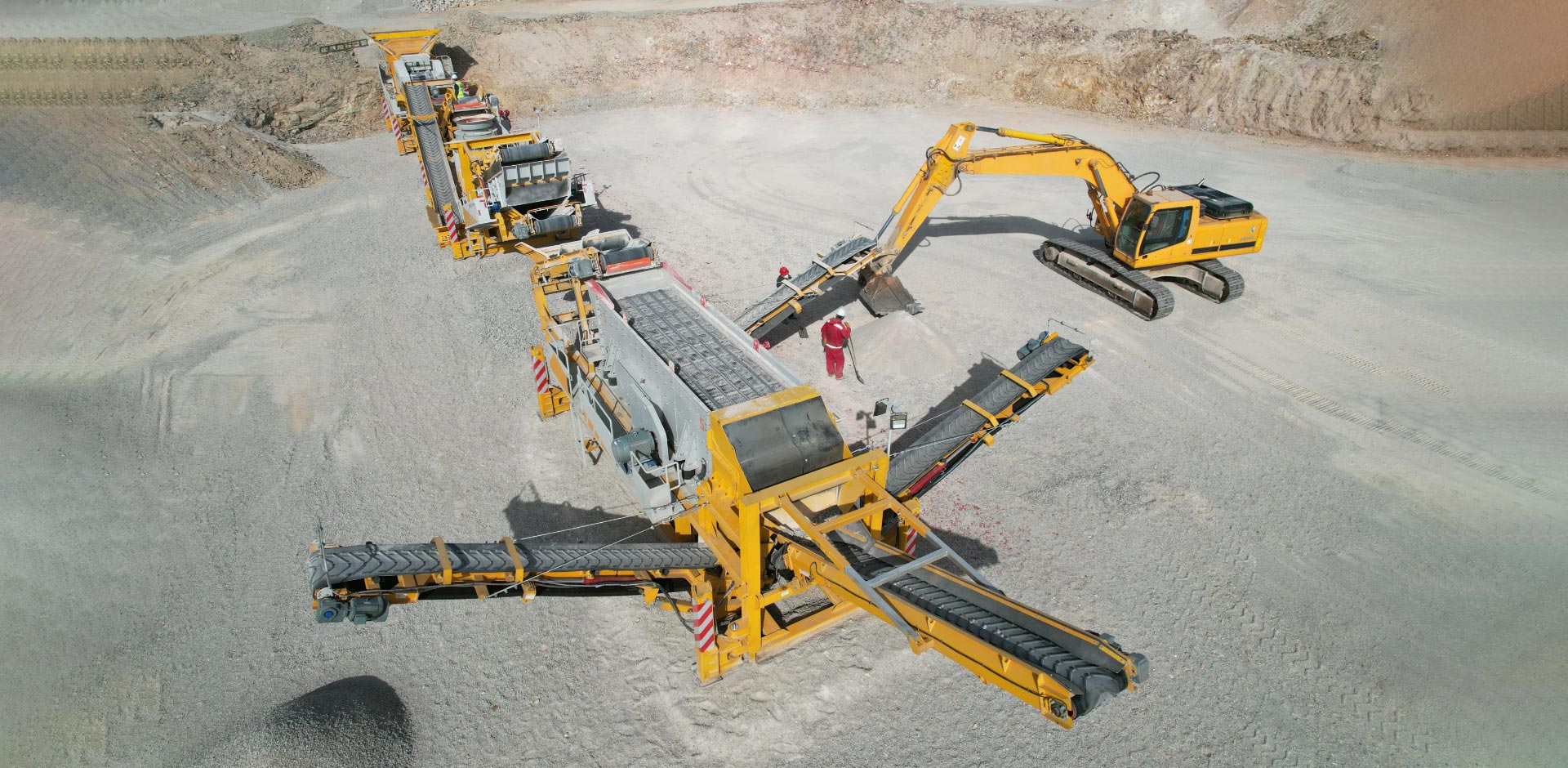The construction industry’s dirty secret—600 million tons of concrete waste generated annually worldwide—is being transformed into its most compelling sustainability story. No longer mere demolition byproducts, crushed concrete aggregates now complete a remarkable odyssey from demolition site to reconstruction project, closing the loop in urban material flows. This metamorphosis from waste to resource doesn’t happen spontaneously; it demands specialized concrete crusher machine that respects concrete’s complex composition while extracting maximum value from every fractured slab.
Modern concrete crushers have evolved beyond brute force machines into sophisticated material recovery systems. They now incorporate selective crushing mechanisms, contaminant removal technologies, and real-time grading adjustments to produce high-purity aggregates that meet or exceed virgin material specifications. The equipment facilitating this circular economy revolution operates at the intersection of mechanical engineering and environmental science, turning what was once a linear disposal process into an infinite material cycle.

Selective Fragmentation Technologies
Differential Crushing for Material Liberation
Advanced jaw crushers now employ variable frequency drives that adjust crushing force based on material composition detected by onboard sensors. When processing reinforced concrete, these systems apply greater force to steel reinforcement bars while using gentler pressure to fracture the surrounding concrete matrix. This selective approach preserves aggregate integrity while cleanly separating rebar for recycling—a process that recovers 98% of metal contaminants versus 70% with traditional methods.
Multi-Stage Liberation Circuits
Leading-edge plants combine impact crushers with precision air classifiers in a sequential liberation process. The primary impactor fractures concrete chunks, while secondary units fitted with adjustable grate systems progressively reduce material size without over-crushing. This staged approach yields three distinct product lines: 20-40mm aggregate for drainage layers, 10-20mm for structural concrete, and 0-5mm fines for road base applications—all from a single waste stream.
Contaminant Removal Systems
Electrodynamic Separation for Purity
Post-crushing contamination remains the Achilles’ heel of recycled aggregates. Innovative plants now install pulsed high-voltage electrodes that differentially charge and separate gypsum, wood, and plastic contaminants based on dielectric properties. This technology achieves 99.9% purity in final products—critical for meeting EN 12620 standards in European markets where even 0.1% contamination can disqualify material from structural use.

AI-Powered Visual Sorting
Hyperspectral imaging systems mounted above conveyor belts identify and remove contaminants with surgical precision. Machine learning algorithms trained on 50,000 material samples can distinguish between harmless concrete variations and deleterious particles like asphalt shingles or fiberglass insulation. The latest systems remove 95% of contaminants at 8 tons/hour throughput—a 300% improvement over manual picking stations.
Closed-Loop Material Optimization
Real-Time Gradation Adjustment
Laser Particle Analysis
In-line laser diffraction analyzers continuously monitor crushed material size distribution, feeding data to mobile crusher control systems that dynamically adjust closed-side settings. This produces consistent gradation curves despite variations in feed material—a capability that allows single plants to switch between producing ASTM C33 concrete aggregate and DOT-spec road base without mechanical reconfiguration.
Carbonation Reactivation Chambers
Pioneering crushers now incorporate CO₂ infusion systems that accelerate the natural carbonation process of crushed concrete. By exposing freshly fractured surfaces to concentrated carbon dioxide in controlled chambers, plants increase material density by 8% while permanently sequestering 5kg of CO₂ per ton of aggregate—transforming waste processing into a carbon-negative operation.

The Economic Calculus of Circular Crushing
Value-Added Product Streams
Modern plants no longer view output as generic “recycled aggregate.” Sophisticated separation creates premium product lines: ultra-clean 4-8mm aggregates for terrazzo flooring (selling at $85/ton versus $25/ton for base material), powder fractions for cement replacement (valued at $110/ton), and even recovered sand for glass manufacturing. This product diversification boosts profit margins by 40-60% compared to single-grade operations.
Mobile Micro-Plants for Urban Mining
Containerized crushing systems now enable on-site processing of demolition waste in space-constrained urban environments. These 30-ton units can be deployed in parking lots or brownfield sites, reducing trucking costs by 70% while producing ready-mix quality aggregate within 500 meters of new construction projects—a model that turns every city into its own aggregate quarry.
The Future: Smart, Self-Learning Crushing Ecosystems
Next-generation plants will feature material passports—blockchain-tracked quality certifications that follow aggregates through multiple life cycles. Track crusher equipped with quantum magnetic resonance sensors will detect and document subtle changes in material properties across reuse iterations. This level of traceability will enable true infinite-loop concrete, where every particle’s history and performance characteristics are known and optimized for its next application.
The transformation from waste management to resource harvesting represents more than equipment evolution—it’s a philosophical shift in how we value the built environment. Concrete crushers have become the linchpins of this revolution, turning the industry’s greatest liability into its most promising asset. In doing so, they’re redefining what it means to demolish and rebuild in the 21st century.
